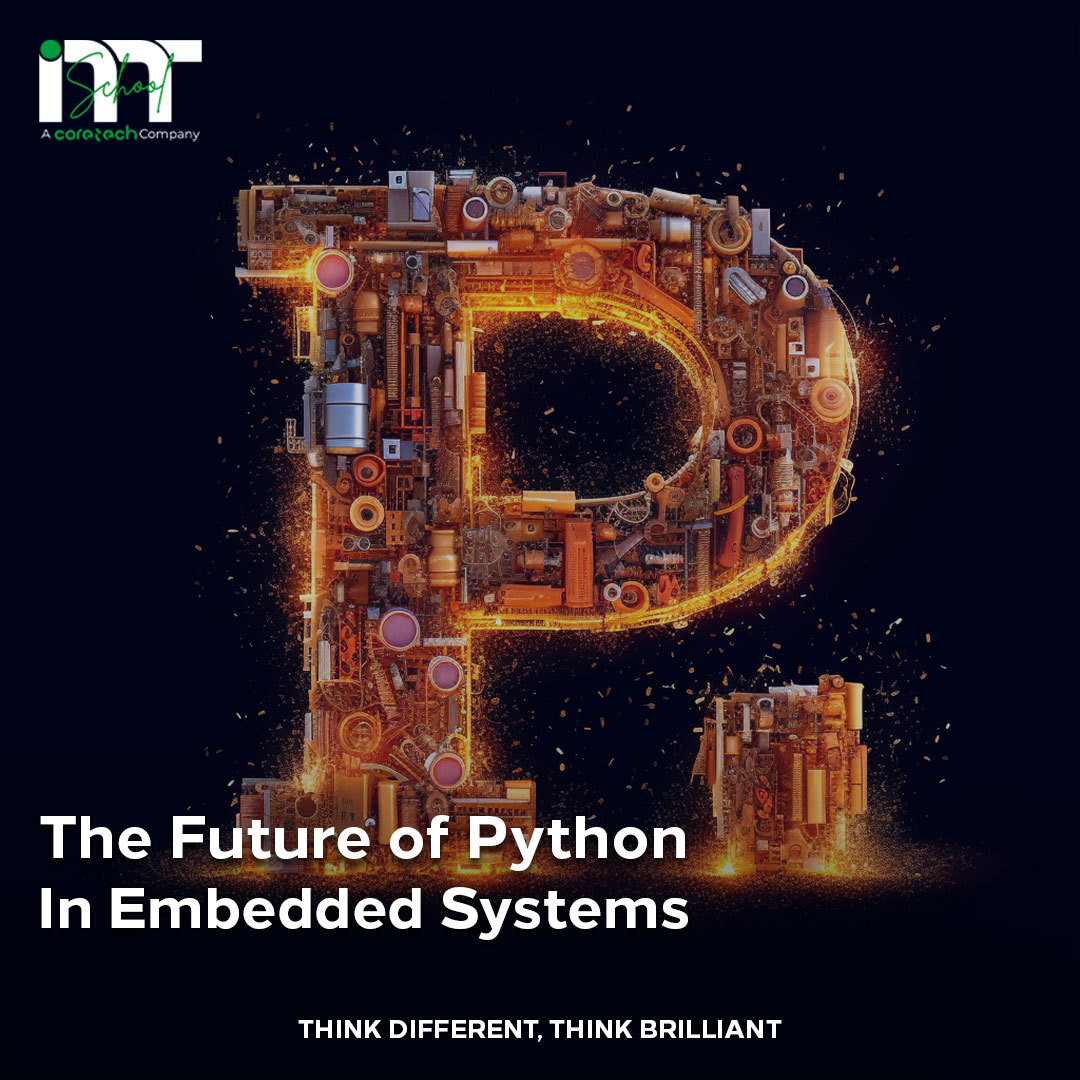
Python
We're going to discuss a somewhat unconventional but increasingly popular topic in the field of embedded systems: the use of Python! Let's dive in. 🚀🐍
Python, a high-level language known for its readability and simplicity, has typically been associated with web development, data science, and scripting. But recently, it's making waves in the world of embedded systems.
Why Python for Embedded Systems?🤔
Python simplifies development and debugging, speeding up the process and reducing costs. It also allows for rapid prototyping due to its interpreted nature, making it easier to test and adjust your design. However, as Python is a high-level language, it's not as efficient or close-to-hardware as languages traditionally used in embedded systems, such as C or C++.
A popular implementation of Python for microcontrollers is MicroPython. MicroPython is a lean and efficient implementation of the Python 3 programming language, which includes a small subset of the Python standard library and is optimized to run on microcontrollers. This makes it a great choice for IoT projects, wearable devices, and other applications where compactness and efficiency are key!
While Python may not replace C or C++ in the embedded world anytime soon, it does provide a more accessible entry point for those coming from non-embedded backgrounds.





